What if AI Kills Our Ability to Make Breakthroughs?
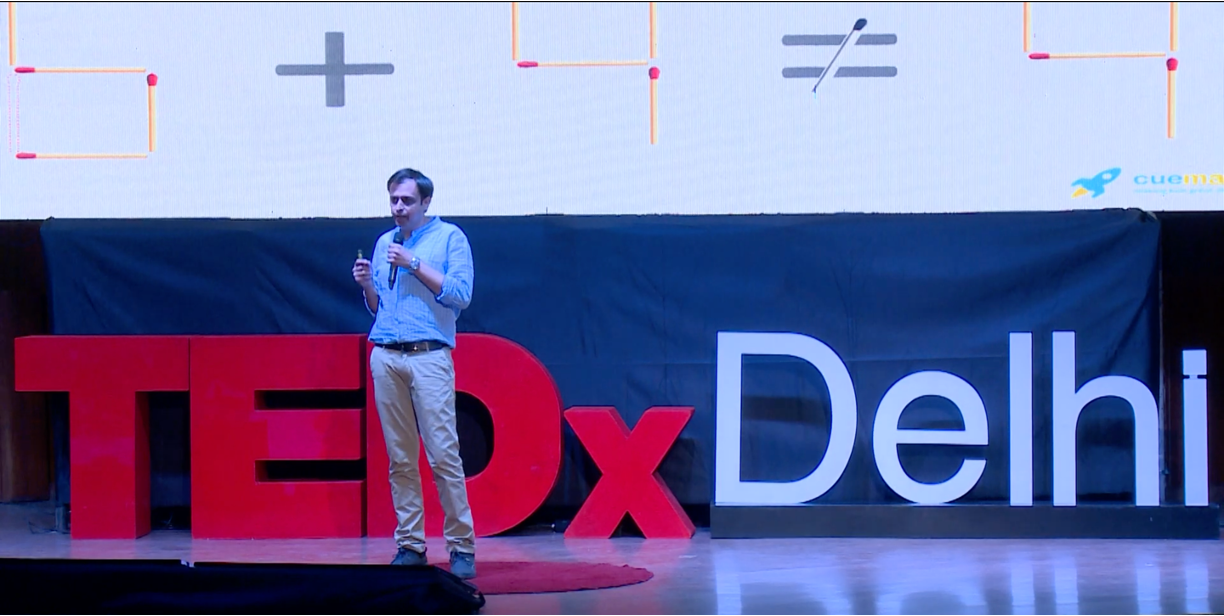
When I was in grade 9, more than two decades ago, I stumbled upon a problem in a magazine that would haunt me for days.
The problem was deceptively simple: You have an 8×8 square carpet and a 6×1 rectangular carpet strip. Make a single cut to the square carpet so that the two pieces, along with the rectangular strip, can fit together to form a larger 7×10 rectangular carpet.

The magazine offered no solution. And this was the late 1990s - the internet was still rudimentary, barely more than a collection of static pages and chatrooms. There was no Google to consult, no YouTube tutorial to watch, no AI assistant to ask. I was completely on my own.
So the problem stuck in my mind. It bored deep into my brain.
For the next two days, it bothered me constantly. I would think about it during meals, sketch possibilities during my classes, visualize different cuts before falling asleep. The problem was so elegantly simple to understand, yet the solution remained maddeningly elusive. I was determined not to give up, but I steadily lost confidence that I could solve it - thinking it might just be too hard for me.
Then, on the morning of the third day, something extraordinary happened.
I had a flash of intuition. I can't explain how it occurred or what triggered it, but something clicked. Suddenly, the solution was right there, clearly visible in my mind. It almost felt like the solution materialized from nowhere - I just saw it, complete and obvious.
The relief and exhilaration were intoxicating.
The Hidden Architecture of Breakthroughs
I'll share the actual solution at the end of this article, but first, I want to talk about what this story really highlights: the power of perseverance, and why we're in danger of losing it.
I believe my discovery wasn't a sudden burst of brilliance. Instead, my brain had been working on the problem for more than two days - analyzing it from every angle, attempting good approaches and bad ones, exploring dead ends and near-misses. My brain had undergone an intense cycle of preparation, a kind of cognitive fertilization that made the ground fertile for discovery.
In neuroscience, this is related to something called the generation effect. When you struggle with a problem without immediately knowing how to solve it, you're creating what I think of as "cognitive hunger" in your brain. You're preparing your mind to become a highly absorbent sponge for new ideas and a highly fertile generator of new thinking. Those question marks, that productive confusion - they prime your neural networks for insight.
My two days of struggling was an intense example of the generation effect. That's why the solution appeared "suddenly" and almost magically. The magic wasn't spontaneous - it was the result of sustained cognitive work happening beneath the surface of my conscious awareness.
If I hadn't persevered for those two days, I almost certainly wouldn't have discovered the solution. But more importantly, if I had simply looked up the answer immediately, two critical things would have been lost:
- My brain would have missed an incredible dose of productive struggle - the kind that strengthens neural pathways and builds genuine problem-solving capability
- I would never have appreciated how beautiful this problem is - and I wouldn't have experienced the intellectual high, the profound "wow" of cracking it myself
That feeling of discovery, earned through persistence, carved a permanent mark in my mind. I still remember that problem vividly after more than two decades. I remember the specific visualization I had, the aha moment, the satisfaction. On the other hand, problems I merely read solutions to? Those have generally faded within days.
The Disappearing Art of Staying Power
Today, access to any information or solution is trivial. AI tools like ChatGPT and Claude have made it even more effortless. Ask a question, get an answer - instantly, comprehensively, often brilliantly explained.
I believe that if I were a child in grade 9 today, I very likely would not have demonstrated the same perseverance - staying with a problem for more than two days despite there being no tangible external benefit, no grade attached, no teacher watching. The temptation to simply ask an AI would have been overwhelming.
And this worries me deeply.
Because breakthroughs require perseverance, and humanity seems to be steadily losing this capacity due to the dual combination of effortless access to answers and exploding distractions.
Consider Newton's own reflection on his genius. He famously said that the reason he was able to go farther than most others was his unique ability to stay with a problem for as long as needed, until the hidden solution started revealing itself layer by layer, like the unpeeling of an onion. Newton's breakthroughs in mathematics and physics - his laws of motion, his theory of gravitation, his development of calculus - emerged less from sudden flashes of brilliance than from sustained, relentless focus on difficult problems.
Or consider Andrew Wiles, who encountered Fermat's Last Theorem as a child and became obsessed with it. To solve this problem that had stumped mathematicians for over 300 years, Wiles essentially locked himself away for seven years of intense, solitary work. Seven years of frustration, dead ends, and moments of despair. But he persevered, and in the process, he advanced multiple fields of mathematics.
There are countless such examples throughout history - individuals and teams whose perseverance led to extraordinary outcomes that reshaped our world. The discovery of the structure of DNA. The development of relativity. The creation of the polio vaccine. The proof of the Poincaré conjecture. None of these emerged from quick thinking or instant access to information. They emerged from staying power.
The AI Era Paradox
We're entering an era where artificial intelligence can solve an increasing number of problems faster and more efficiently than humans. This is simultaneously exciting and concerning.
The exciting part: AI can handle routine cognitive tasks, freeing humans for higher-order thinking.
The concerning part: If we lose the habit of struggling with hard problems ourselves, we may lose the very capacity that creates breakthroughs.
Most significant advances don't come from applying known solutions to known problems - that's where AI excels. They come from recognizing novel problems, formulating them in useful ways, and persevering through the messy, uncertain process of discovering solutions. This requires a kind of cognitive endurance that only develops through practice.
In an era where artificial cognition keeps improving, the most valuable humans will be those who can think deeply about complex challenges and generate breakthrough ideas - regardless of their profession or career. The accountant who reimagines financial systems. The teacher who develops transformative pedagogical approaches. The engineer who sees possibilities others miss. The artist who creates entirely new forms of expression.
All of these require the willingness to stay with difficult problems long enough for magic to happen.
Cultivating Perseverance in the Next Generation
As parents and teachers, we face a crucial challenge: How do we teach perseverance in a world that increasingly rewards quick answers?
Here are some principles I believe are essential:
1. Celebrate the Struggle, Not Just the Solution
We need to place equal - or even greater - importance on the process of getting to an answer as we do on the answer itself. When a child works on a problem for an hour without solving it, that's not failure. That's their brain getting stronger, building neural pathways, preparing for insight.
This doesn't mean celebrating inefficient or incompetent plodding. But it does mean appreciating sheer effort and persistence, even when outcomes take time or don't materialize immediately.
2. Teach Smart Perseverance
There's a difference between stubbornly repeating the same failed approach and intelligently persevering. Smart perseverance means:
- Not making the same mistake twice
- Learning from each failed attempt
- Adjusting your approach based on what you discover
- Seeking different perspectives while still doing your own thinking
As the saying goes: "Insanity is doing the same thing over and over and expecting different results." Smart perseverance is trying new things, learning continuously, and becoming better with each iteration.
3. Create Space For Struggle
We need to create environments where children can struggle productively without immediately accessing answers. This might mean:
- Setting aside time for open-ended exploration
- Encouraging work on problems that don't have predetermined solutions
- Resisting the urge to immediately provide help when a child is frustrated
- Teaching children when it's appropriate to seek help versus when they should keep trying
This is delicate territory. We don't want children to feel abandoned or to develop learned helplessness. But we also don't want to rob them of the opportunity to experience the profound satisfaction of breakthroughs.
4. Model Perseverance Yourself
Children learn more from what we do than what we say. When we as adults demonstrate perseverance - when we work on challenging projects, struggle with difficult problems, and model resilience in the face of setbacks - we teach more powerfully than any lecture could.
5. Embed "Don't Give Up" as a Core Value
We need to root the philosophy of perseverance deeply into children's developing identities. Not as a rigid rule that leads to unnecessary suffering, but as a core belief: Staying with something long enough, approaching it intelligently and adaptively, almost always leads to compounding gains and breakthrough moments.
The bus metaphor is useful here. If you keep hopping off the bus after just a few stops, you'll never get anywhere interesting. But if you stay on the bus - adjusting your approach, learning along the way, remaining curious and engaged - eventually you reach destinations you couldn't have imagined at the start.
The Broader Stakes
This isn't just about individual success. The challenges facing humanity - climate change, disease, inequality, resource scarcity, the responsible development of AI itself - require breakthrough thinking. They require people willing to work on difficult problems for years or decades, not knowing if their approaches will succeed.
If we raise a generation that has lost the capacity for sustained intellectual effort, that defaults to asking AI for answers rather than struggling to discover them, we may have the tools to solve our problems but lack the human capacity to wield them effectively.
Breakthroughs emerge from the intersection of knowledge, creativity, and perseverance. AI can increasingly help with the first. Humans remain essential for the second. But the third - perseverance - that's what we're at risk of losing.
A Call to Action
So here's what I propose:
For parents: Give your children time and space to struggle with hard problems. Resist solving things for them immediately. Celebrate their efforts and persistence, not just their results. Let them experience the profound satisfaction of breakthroughs.
For teachers: Create assignments that reward deep thinking and sustained effort rather than quick answers. Build in opportunities for productive struggle. Teach students that difficulty is a sign they're learning, not a sign they're failing.
For students: Embrace challenges that feel just beyond your current capabilities. Stay with hard problems longer than feels comfortable. Trust that your brain is working even when you can't consciously see progress. The breakthrough often comes right when you're about to give up.
For all of us: Recognize that the skills that matter most - creativity, insight, breakthrough thinking - develop through sustained engagement with difficulty. Don't let the ease of accessing answers rob you of the struggle that builds capability.
How Cuemath can Help
The genius is already within your child. The question is whether we'll give them the perseverance to unlock it.
In a world of instant answers, the most valuable skill may be the willingness to wait - to struggle, to persist, to stay with difficulty long enough for breakthrough to emerge.
This is why at Cuemath, we've built our entire methodology around what we call productive struggle. Our tutors don't rush to give answers. Instead, they give cues (hence the name Cuemath) to create the conditions where children learn to stay with difficult problems - not abandoning them at the first sign of difficulty, not immediately reaching for shortcuts, but developing the cognitive endurance that leads to genuine understanding and breakthrough thinking.
When a child works with their Cuemath tutor and encounters a challenging problem, the tutor's role isn't to solve it for them. It's to keep them in that optimal zone where they're stretched but not broken, where they're working hard but not giving up, where their brain is building the neural pathways that come only from sustained effort. Week after week, session after session, this practice of smart perseverance becomes second nature.
Because here's what we've learned over more than a decade: mathematical thinking isn't just about solving math problems. It's about developing the discipline to stay with any hard problem long enough for insight to emerge. It's about building the confidence that struggle leads to breakthroughs. It's about training the mind to persist when others would quit.
Don't let AI kill your child’s ability to make breakthroughs. Instead, let's consciously cultivate their human capacities that matter most - and give them the coaching and practice they need to develop them.
The future belongs to those who can think deeply and persist courageously. At Cuemath, we're building a generation capable of both - one problem, one struggle, one breakthrough at a time.
The Solution
Remember that carpet problem I mentioned at the beginning? Here's the solution:
Make a single cut through the 8×8 carpet in the manner shown in the simulation below. Take the two pieces apart, put the 6×1 strip in the middle, and they now fit together perfectly to form a 7×10 rectangle! :)
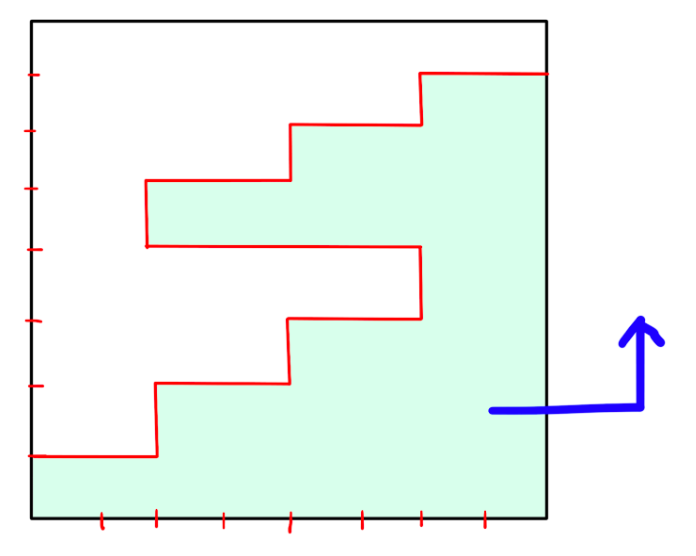
When you see it, it's so elegant, so obvious. But getting there - that required staying power.
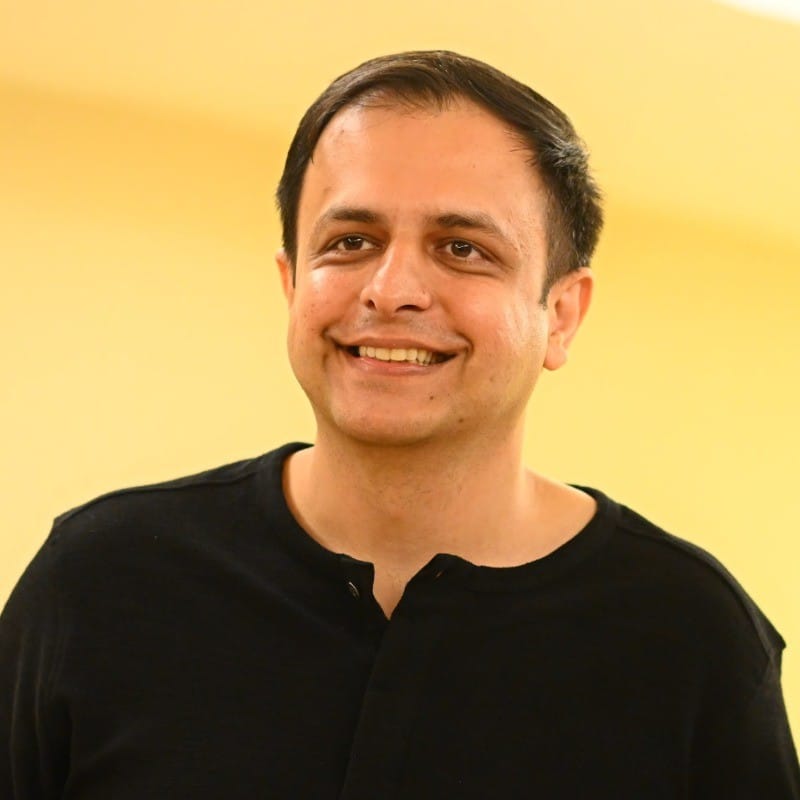
About the Author
Manan Khurma
Founder of Cuemath, IIT-D Alumnus
On a mission to make every child MathFit - and a lifelong learner.
View My LinkedIn
Read more

100% in Algebra 1 & A+ in Geometry CP: How Anvi achieved it
Anvi, a grade 9 Cuemath student, has demonstrated exceptional academic and leadership excellence. She scored 100% in Algebra 1 and A+ in Geometry CP, earning certificates of appreciation from her school. Her strong academic record and consistent discipline also led to prestigious leadership recognitions at the state level. With consistent
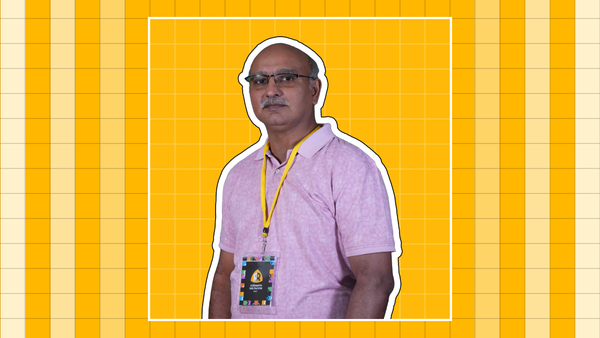
Deepak Mavani: Helping Students Ace High School Math and AP Courses
Born and raised in the beautiful Thiruvananthapuram, Kerala, Deepak’s passion for teaching comes from the joy of seeing that spark in a student's eye when they finally understand a concept. To him, math is a doorway that opens up a world of curiosity, creativity, and a lifelong

Shiji Varughese: Turning “I Can’t” into “I Love Math”
Originally from Gurugram, Shiji finds fulfillment in transforming a student's perception of math. An engineer by profession, Shiji Varughese was always inclined toward mathematics, and Cuemath has allowed her to dive into her passion for teaching. For almost six years, she has been nurturing future MathFit kids and
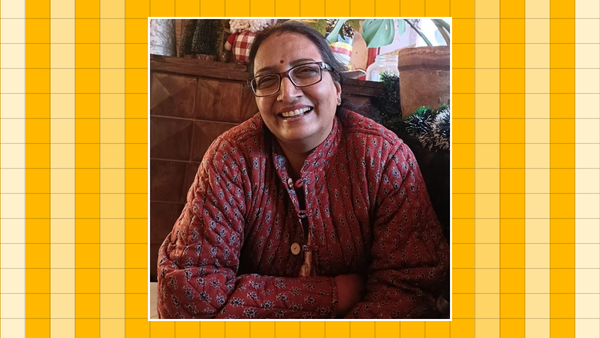
Aasha Bansal: Making Math Engaging, Inspiring Curiosity
Aasha Bansal believes math is not about rote learning, but about discovering patterns in everyday life. She adapts her teaching methods to each student’s unique learning style, nurturing curiosity and encouraging questions. Mistakes are treated as stepping stones, helping students build confidence and mastery over concepts. Her goal is

